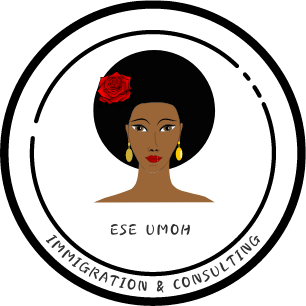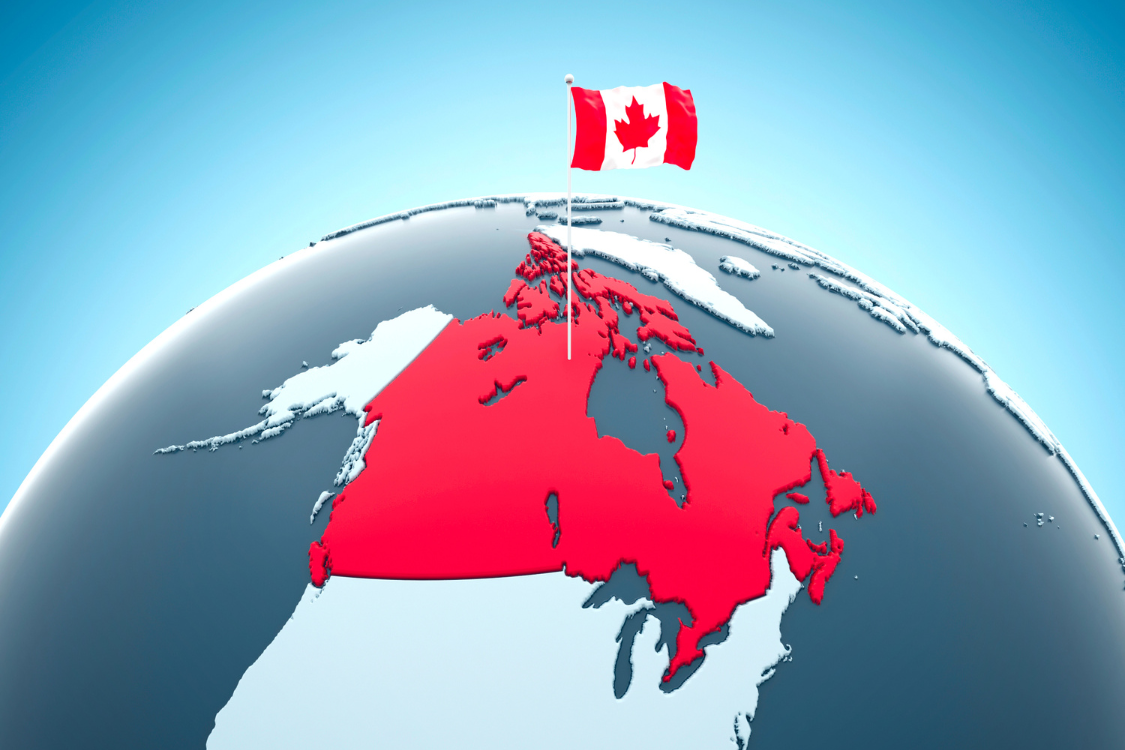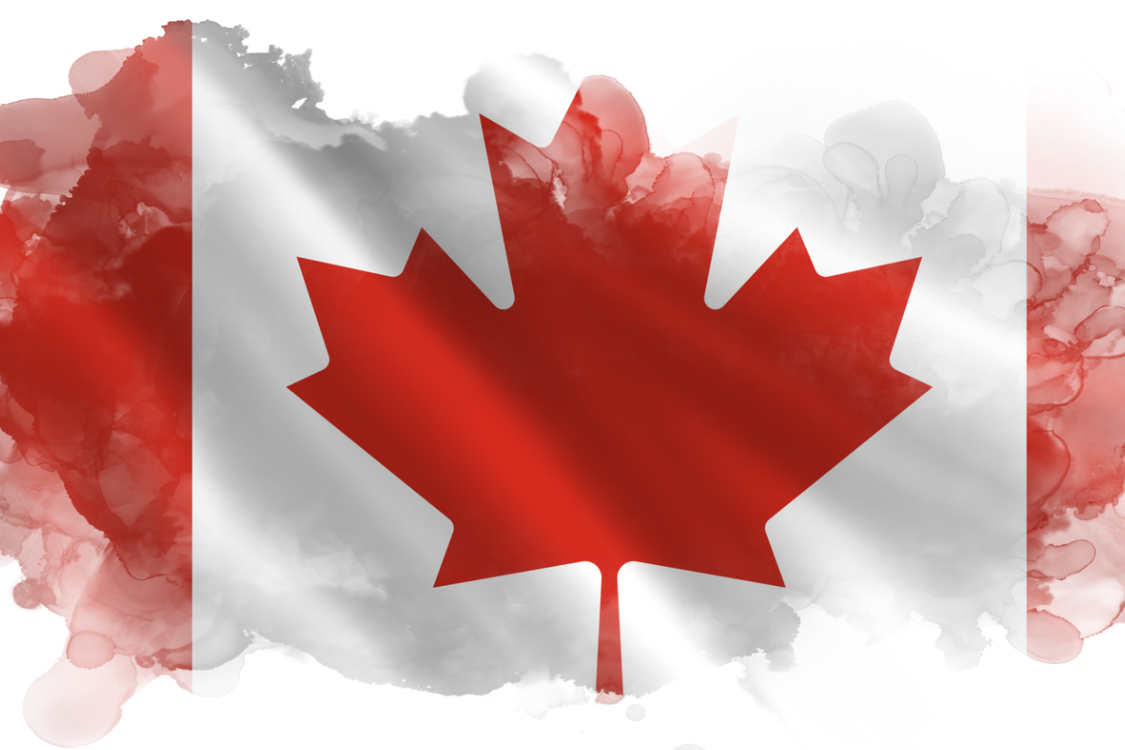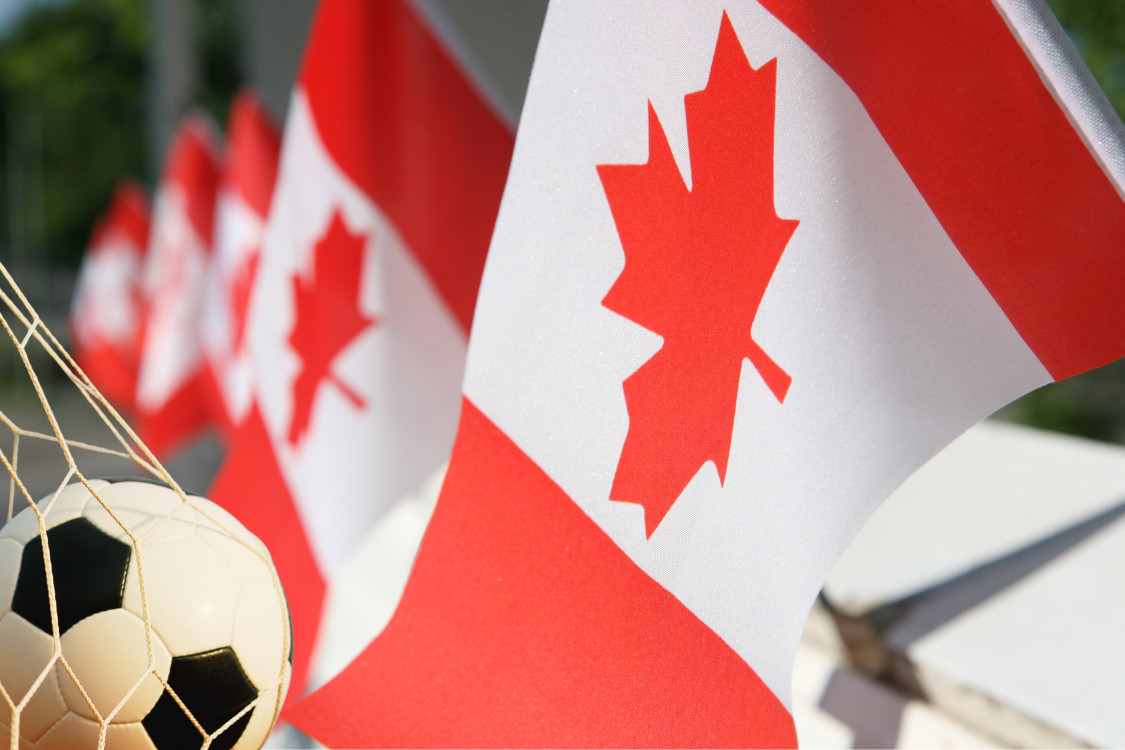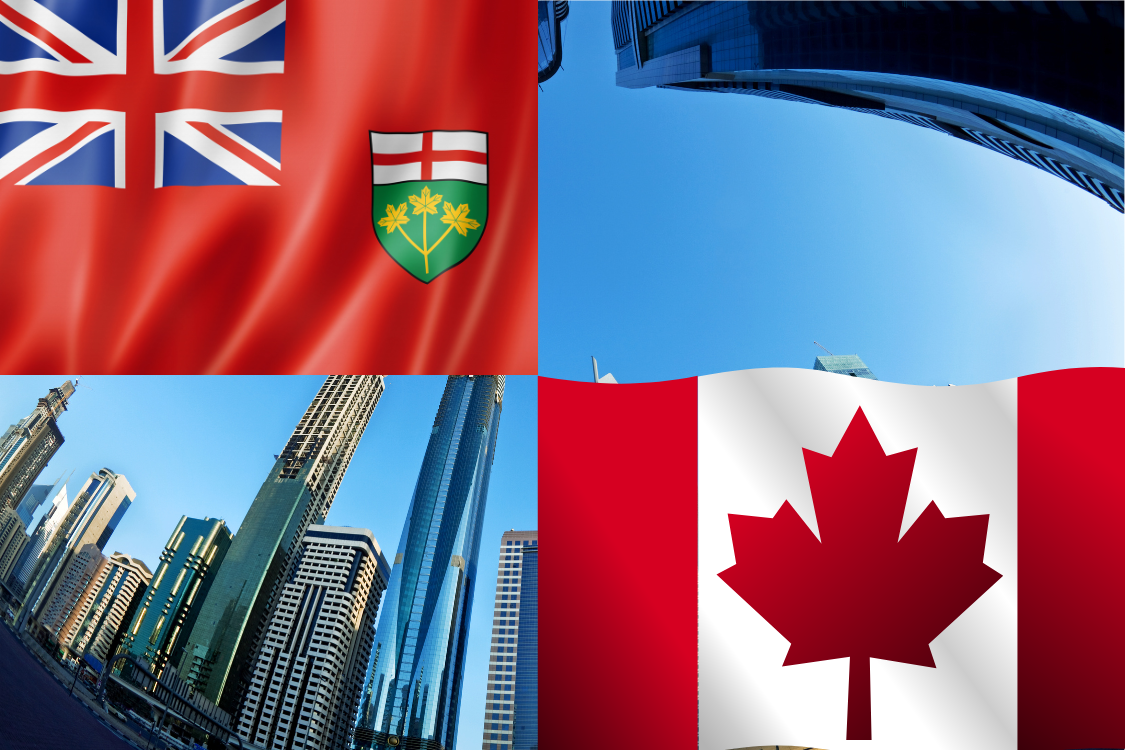| S/N |
COUNTRY |
PROCESSING TIME (WORK PERMIT) |
| 1 |
Afghanistan |
No processing time available |
| 2 |
Albania |
12 weeks |
| 3 |
Algeria |
14 weeks |
| 4 |
Andorra |
No processing time available |
| 5 |
Angola |
No processing time available |
| 6 |
Anguilla |
No processing time available |
| 7 |
Antigua and Barbuda |
No processing time available |
| 8 |
Argentina |
No processing time available |
| 9 |
Armenia |
No processing time available |
| 10 |
Aruba |
No processing time available |
| 11 |
Australia |
5 weeks |
| 12 |
Austria |
No processing time available |
| 13 |
Azerbaijan |
No processing time available |
| 14 |
Bahamas |
No processing time available |
| 15 |
Bahrain |
No processing time available |
| 16 |
Bangladesh |
12 weeks |
| 17 |
Barbados |
No processing time available |
| 18 |
Belarus |
No processing time available |
| 19 |
Belgium |
7 weeks |
| 20 |
Belize |
No processing time available |
| 21 |
Benin |
No processing time available |
| 22 |
Bermuda |
No processing time available |
| 23 |
Bhutan |
No processing time available |
| 24 |
Bolivia |
No processing time available |
| 25 |
Bonaire |
No processing time available |
| 26 |
Bosnia and Herzegovina |
No processing time available |
| 27 |
Botswana |
No processing time available |
| 28 |
Brazil |
7 weeks |
| 29 |
British Virgin Islands |
No processing time available |
| 30 |
Brunei |
No processing time available |
| 31 |
Bulgaria |
No processing time available |
| 32 |
Burkina Faso |
9 weeks |
| 33 |
Burma (Myanmar) |
No processing time available |
| 34 |
Burundi |
No processing time available |
| 35 |
Cambodia |
No processing time available |
| 36 |
Cameroon |
9 weeks |
| 37 |
Cabo Verde |
No processing time available |
| 38 |
Cayman Islands |
No processing time available |
| 39 |
Central African Republic |
No processing time available |
| 40 |
Chad |
No processing time available |
| 41 |
Chile |
6 weeks |
| 42 |
China (People’s Republic of) |
6 weeks |
| 43 |
Colombia |
8 weeks |
| 44 |
Comoros Island |
No processing time available |
| 45 |
Costa Rica |
No processing time available |
| 46 |
Côte d’Ivoire |
12 weeks |
| 47 |
Croatia |
No processing time available |
| 48 |
Cuba |
No processing time available |
| 49 |
Cyprus |
No processing time available |
| 50 |
Czech Republic |
No processing time available |
| 51 |
Democratic Republic of Congo (Kinshasa) |
9 weeks |
| 52 |
Denmark |
No processing time available |
| 53 |
Djibouti |
No processing time available |
| 54 |
Dominica |
No processing time available |
| 55 |
Dominican Republic |
No processing time available |
| 56 |
Ecuador |
12 weeks |
| 57 |
Egypt |
No processing time available |
| 58 |
El Salvador |
No processing time available |
| 59 |
Equatorial Guinea |
No processing time available |
| 60 |
Eritrea |
No processing time available |
| 61 |
Estonia |
No processing time available |
| 62 |
Eswatini |
No processing time available |
| 63 |
Ethiopia |
No processing time available |
| 64 |
Fiji |
No processing time available |
| 65 |
Finland |
No processing time available |
| 66 |
France |
5 weeks |
| 67 |
Gabon |
No processing time available |
| 68 |
Gambia |
No processing time available |
| 69 |
Georgia |
No processing time available |
| 70 |
Germany |
11 weeks |
| 71 |
Ghana |
12 weeks |
| 72 |
Greece |
No processing time available |
| 73 |
Grenada |
No processing time available |
| 74 |
Gautemala |
1 week |
| 75 |
Guinea |
No processing time available |
| 76 |
Guinea-Bissau |
No processing time available |
| 77 |
Guyana |
No processing time available |
| 78 |
Haiti |
6 weeks |
| 79 |
Holy See |
No processing time available |
| 80 |
Honduras |
3 weeks |
| 81 |
Hong Kong SAR |
35 weeks |
| 82 |
Hungary |
No processing time available |
| 83 |
Iceland |
No processing time available |
| 84 |
India |
10 weeks |
| 85 |
Indonesia |
5 weeks |
| 86 |
Iran |
55 weeks |
| 87 |
Iraq |
44 weeks |
| 88 |
Ireland |
No processing time available |
| 89 |
Israel |
12 weeks |
| 90 |
Italy |
10 weeks |
| 91 |
Jamaica |
6 weeks |
| 92 |
Japan |
4 weeks |
| 93 |
Jordan |
No processing time available |
| 94 |
Kazakhstan |
No processing time available |
| 95 |
Kenya |
11 weeks |
| 96 |
Kiribati |
No processing time available |
| 97 |
Kosovo |
No processing time available |
| 98 |
Kuwait |
25 weeks |
| 99 |
Kyrgyzstan |
No processing time available |
| 100 |
Laos |
No processing time available |
| 101 |
Latvia |
No processing time available |
| 102 |
Lebanon |
10 weeks |
| 103 |
Lesotho |
No processing time available |
| 104 |
Liberia |
No processing time available |
| 105 |
Libya |
No processing time available |
| 106 |
Liechtenstein |
No processing time available |
| 107 |
Lithuania |
No processing time available |
| 108 |
Luxembourg |
No processing time available |
| 109 |
Macao SAR |
No processing time available |
| 110 |
Macedonia |
No processing time available |
| 111 |
Madagascar |
25 weeks |
| 112 |
Malawi |
No processing time available |
| 113 |
Malaysia |
No processing time available |
| 114 |
Maldives |
No processing time available |
| 115 |
Mali |
No processing time available |
| 116 |
Malta |
No processing time available |
| 117 |
Marshall Islands |
No processing time available |
| 118 |
Martinique |
No processing time available |
| 119 |
Mauritania |
No processing time available |
| 120 |
Mauritius |
29 weeks |
| 121 |
Mexico |
2 weeks |
| 122 |
Micronesia (Federated States of) |
No processing time available |
| 123 |
Moldova |
No processing time available |
| 124 |
Monaco |
No processing time available |
| 125 |
Mongolia |
No processing time available |
| 126 |
Montenegro |
No processing time available |
| 127 |
Morocco |
11 weeks |
| 128 |
Mozambique |
No processing time available |
| 129 |
Namibia |
No processing time available |
| 130 |
Nauru |
No processing time available |
| 131 |
Nepal |
4 weeks |
| 132 |
Netherlands |
No processing time available |
| 133 |
New Caledonia |
No processing time available |
| 134 |
New Zealand |
No processing time available |
| 135 |
Nicaragua |
No processing time available |
| 136 |
Niger |
No processing time available |
| 137 |
Nigeria |
8 weeks |
| 138 |
North Korea |
No processing time available |
| 139 |
Norway |
No processing time available |
| 140 |
Oman |
No processing time available |
| 141 |
Pakistan |
8 weeks |
| 142 |
Palestinian Authority (Gaza) |
No processing time available |
| 143 |
Palestinian Authority (West Bank) |
No processing time available |
| 144 |
Panama |
No processing time available |
| 145 |
Papua New Guinea |
No processing time available |
| 146 |
Paraguay |
No processing time available |
| 147 |
Peru |
5 weeks |
| 148 |
Philippines |
6 weeks |
| 149 |
Poland |
No processing time available |
| 150 |
Portugal |
No processing time available |
| 151 |
Puerto Rico |
No processing time available |
| 152 |
Qatar |
16 weeks |
| 153 |
Romania |
31 weeks |
| 154 |
Republic of Congo (Brazzaville) |
No processing time available |
| 155 |
Russia |
No processing time available |
| 156 |
Rwanda |
No processing time available |
| 157 |
Samoa |
No processing time available |
| 158 |
San Marino |
No processing time available |
| 159 |
Sao Tome and Principe |
No processing time available |
| 160 |
Saudi Arabia |
4 weeks |
| 161 |
Senegal |
10 weeks |
| 162 |
Serbia |
No processing time available |
| 163 |
Seychelles |
No processing time available |
| 164 |
Sierra Leone |
No processing time available |
| 165 |
Singapore |
11 weeks |
| 166 |
Slovakia |
No processing time available |
| 167 |
Slovenia |
No processing time available |
| 168 |
Solomon Islanda |
No processing time available |
| 169 |
Somalia |
No processing time available |
| 170 |
South Africa |
12 weeks |
| 171 |
South Korea |
15 weeks |
| 172 |
South Sudan |
No processing time available |
| 173 |
Spain |
10 weeks |
| 174 |
Sri Lanka |
8 weeks |
| 175 |
St. Kitts and Nevis |
No processing time available |
| 176 |
St. Lucia |
No processing time available |
| 177 |
St. Vincent and Grenadines |
No processing time available |
| 178 |
Sudan |
No processing time available |
| 179 |
Suriname |
No processing time available |
| 180 |
Sweden |
12 weeks |
| 181 |
Switzerland |
No processing time available |
| 182 |
Syria |
No processing time available |
| 183 |
Tahiti |
No processing time available |
| 184 |
Taiwan |
7 weeks |
| 185 |
Tajikistan |
No processing time available |
| 186 |
Tanzania |
No processing time available |
| 187 |
Thailand |
5 weeks |
| 188 |
Timor-Leste (Timor oriental) |
No processing time available |
| 189 |
Togo |
14 weeks |
| 190 |
Tonga |
No processing time available |
| 191 |
Trinidad and Tobago |
7 weeks |
| 192 |
Tunisia |
13 weeks |
| 193 |
Turkiye |
7 weeks |
| 194 |
Turkmenistan |
No processing time available |
| 195 |
Turks and Caicos Islands |
No processing time available |
| 196 |
Tuvalu |
No processing time available |
| 197 |
Uganda |
No processing time available |
| 198 |
Ukraine |
No processing time available |
| 199 |
United Arab Emirates |
16 weeks |
| 200 |
United Kingdom |
7 weeks |
| 201 |
United States of America |
6 weeks |
| 202 |
Uruguay |
No processing time available |
| 203 |
US Virgin Islands |
No processing time available |
| 204 |
Uzbekistan |
No processing time available |
| 205 |
Vanuatu |
No processing time available |
| 206 |
Venezuela |
No processing time available |
| 207 |
Vietnam |
10 weeks |
| 208 |
Yemen |
No processing time available |
| 209 |
Zambia |
No processing time available |
| 210 |
Zimbabwe |
No processing time available |

